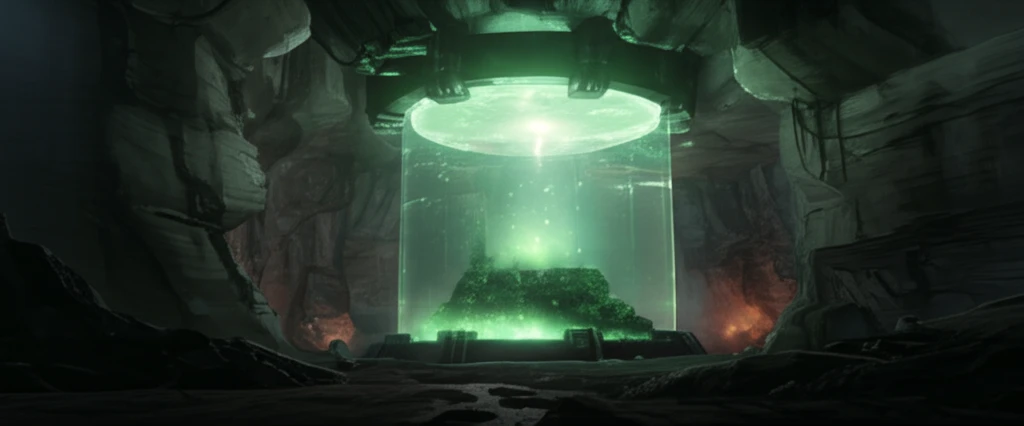
Unlocking the Secrets of Nuclear Waste: How Glass Dissolution Impacts Long-Term Storage
"Dive into the groundbreaking research on International Simple Glass (ISG) and its forward dissolution rate in alkaline solutions, crucial for understanding the safety of nuclear waste disposal."
The challenge of safely disposing of high-level nuclear waste is one of the most pressing environmental concerns of our time. Vitrification, the process of encapsulating nuclear waste in glass, is a widely adopted strategy to immobilize these hazardous materials. Understanding how this glass behaves over extended periods is crucial for ensuring the integrity of waste repositories.
Enter the International Simple Glass (ISG), a benchmark reference material used in a collaborative effort to study the dissolution mechanisms of vitrified nuclear waste. Scientists are meticulously examining how ISG interacts with various environmental conditions to predict the long-term stability of nuclear waste forms. This research is particularly vital for countries like Belgium, which have specific concepts for the geological disposal of vitrified waste.
This article delves into a study focused on determining the forward dissolution rate of ISG in alkaline solutions, mimicking the conditions expected in a Belgian geological disposal scenario. By understanding this process, we can better assess and improve the safety of nuclear waste storage.
The Science of Dissolution Rates

The study meticulously examined the dissolution rate of ISG in various alkaline solutions, simulating the conditions found in cement-based geological repositories. These repositories are designed to contain vitrified waste, but over time, the alkaline pore water from the cement can interact with the glass, potentially leading to the release of radionuclides. To replicate these conditions, researchers tested ISG in different potassium hydroxide (KOH) solutions, with pH levels ranging from 9 to 14, and in artificial cementitious water at a pH of 13.5. The experiments were conducted at a controlled temperature of 30°C.
- The dissolution rate of ISG generally increases with higher pH levels in KOH solutions.
- The dissolution rates in artificial cementitious water were lower than in KOH solutions of similar pH, likely due to the presence of calcium.
- Comparison with previous studies on SON68 glass showed similar dissolution rates at moderately alkaline pH, but ISG exhibited lower rates at very high pH.
Implications and Future Directions
This research provides essential data for refining models that predict the long-term behavior of vitrified nuclear waste in geological repositories. Understanding the forward dissolution rate of ISG in alkaline environments is crucial for ensuring the safety and security of these disposal sites. Future studies should focus on further elucidating the role of specific ions, such as calcium, in influencing glass dissolution, as well as exploring the formation and properties of alteration layers on the glass surface. By continuing to unravel the complexities of glass dissolution, we can better manage and mitigate the risks associated with nuclear waste disposal, safeguarding our environment for future generations.
